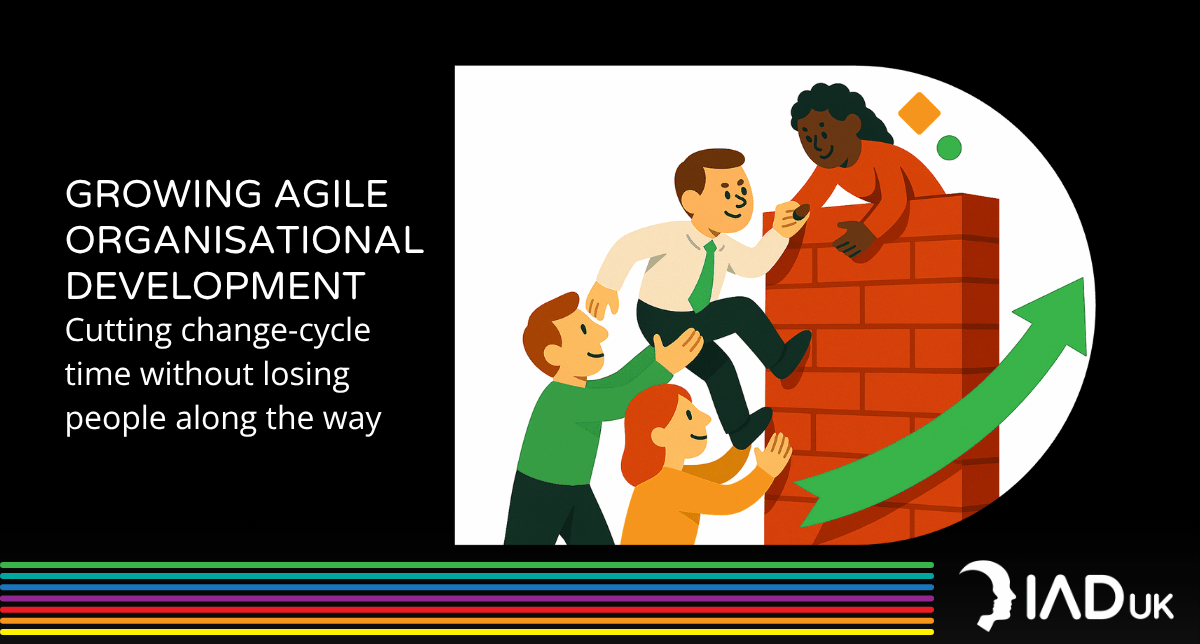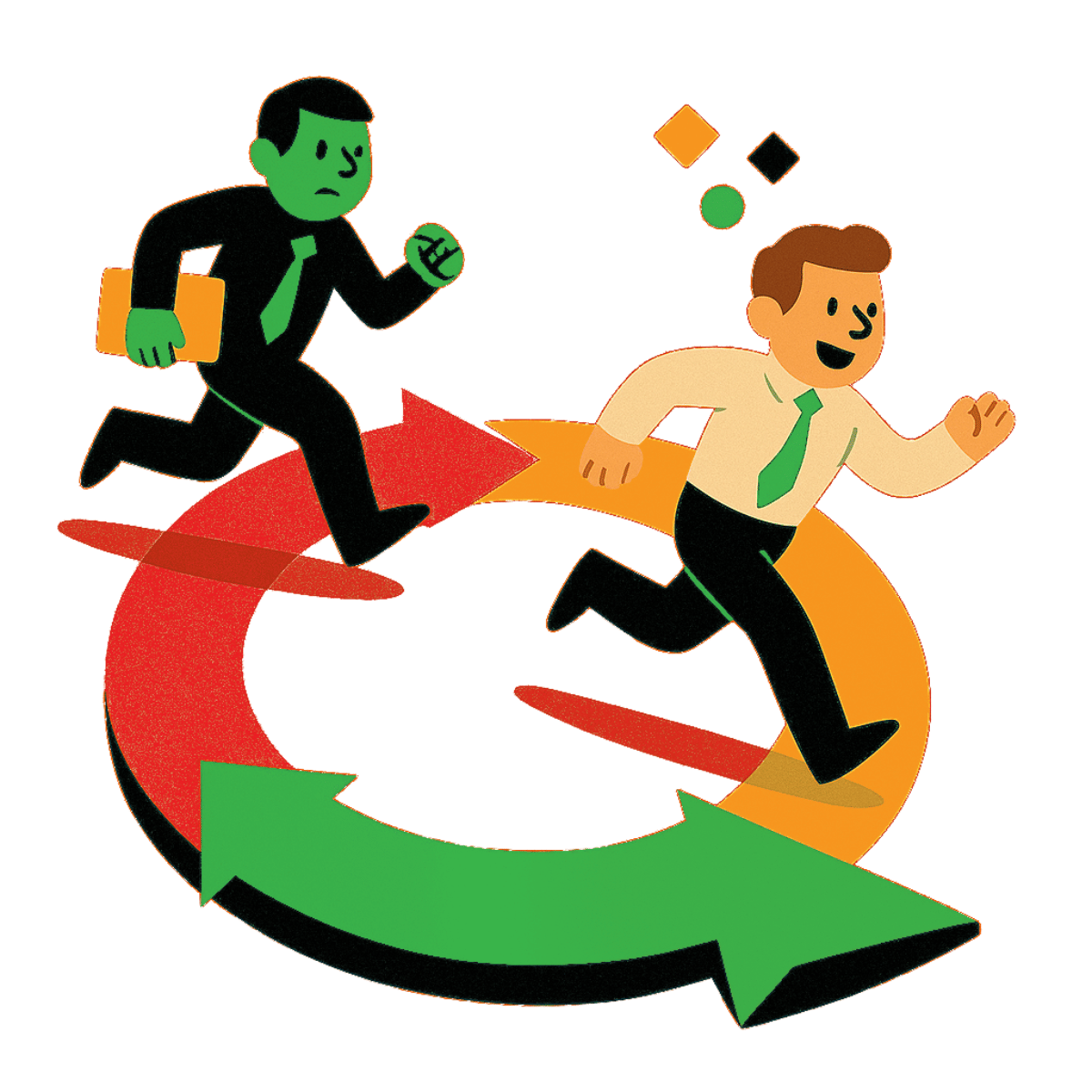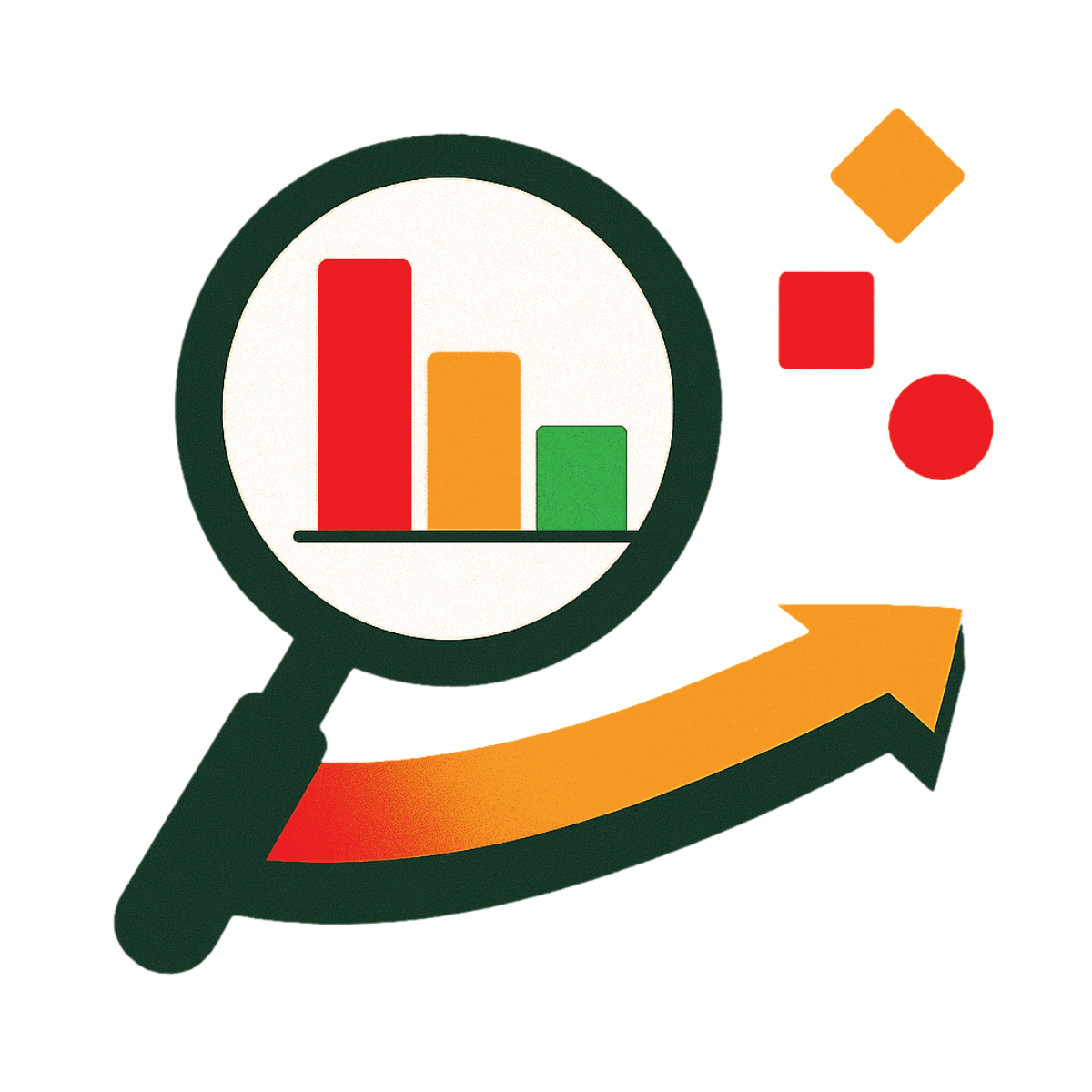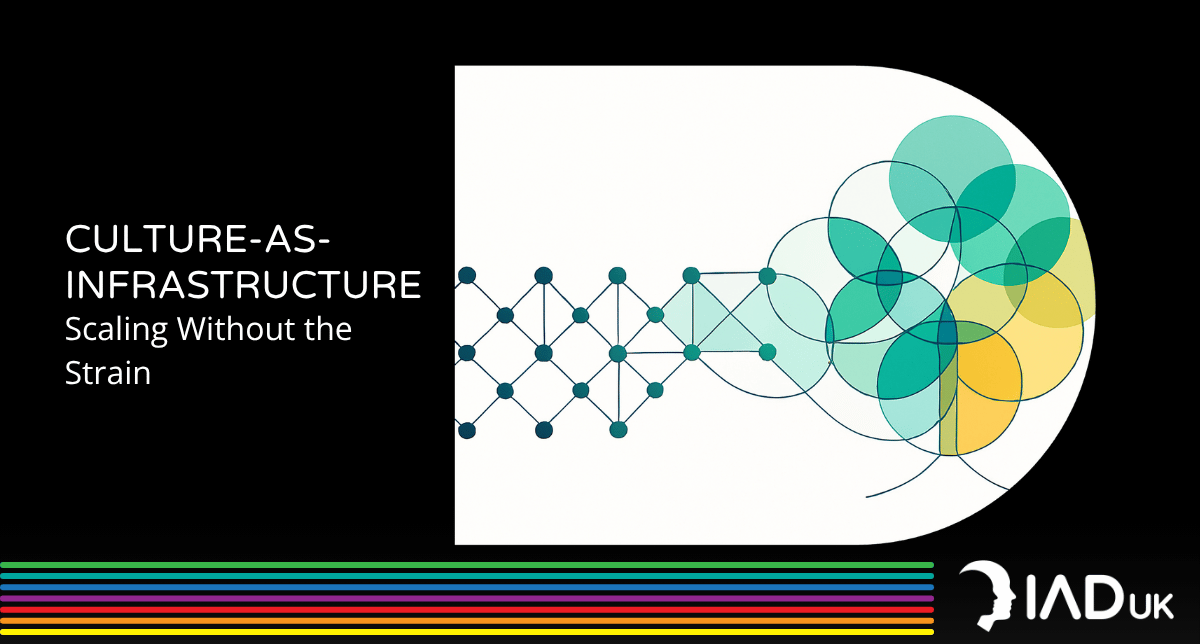Growing Agile OD: Cutting Change-Cycle Time Without Losing People Along the Way

The signs are all too familiar. Your transformation roadmap is ambitious, but the energy on the ground is fractured. Half-complete initiatives pile up like detritus from previous cycles. Strategic priorities keep shifting before the old ones land. Your people are tired. So is your OD team.
According to Gartner (2025), 73 percent of HR leaders say their employees are experiencing change fatigue. This isn’t about resistance to change. It’s about exhaustion from too much of it, delivered too fast, too often, and with too little focus.
Mid-market scale-ups feel this most acutely. These organisations operate with the high velocity of startups and the expanding complexity of enterprises, but without the margins of either. They are asked to build the plane while flying it, only to discover the runway keeps moving.
What often starts as energy for innovation becomes inertia. Change becomes something endured rather than energising. And the OD function, designed to support growth, risks becoming synonymous with overwhelm.
The real problem? Most OD approaches are still engineered for a different tempo. Linear change models built on structural sequencing and top-down implementation no longer match the demands of dynamic scale-ups. The result is a widening gap between what OD aspires to deliver and what the organisation has the attention span to absorb.

From Scaling to Growing: The Shift That Changes Everything
In theory, scaling agile is meant to accelerate delivery. In practice, it often calcifies it. Too many OD leaders find themselves rolling out frameworks that feel more like bureaucratic overlays than liberation strategies. Velocity drops. Engagement dips. People start asking why agile feels so heavy.
The Journal of Organization Design (2025) calls this out directly: when organisations “scale” agile by imposing structure, they often replicate the very rigidity they sought to escape. What’s needed isn’t more scaling. It’s more growing.
Growing agile means shifting the focus from frameworks to conditions. It means tuning the organisation to learn faster, act smaller, and change in ways people can actually feel. It invites OD to create the space for trust to deepen, relationships to strengthen, and inclusion to widen. It encourages proactivity not through mandates, but through meaningful autonomy.

These are not abstract values. They are lived trade-offs:
- Trust over control
- Relationships over structures
- Inclusion over short-term efficiency
- Proactivity over conformity
This shift is not a soft pivot. It is a strategic reorientation. For Heads of OD in mid-market scale-ups, it reframes the work: from orchestrating large-scale rollouts to enabling small-scale experiments that compound. From standardising behaviour to cultivating adaptive capacity.
In growing agile, development is not something done to people. It is something done with them, in rhythm with the tempo of their work, and in dialogue with the real constraints of their environment.
Agile OD Sprints: Rethinking the Change Operating System
Traditional OD cycles assume change is a large-scale event. Agile OD Sprints treat change as a monthly habit.
Each sprint is a 30-day cycle designed to target one priority that matters now. Not a committee wish list. Not a generic capability framework. A single high-leverage shift, aligned to live conditions and shaped by the people closest to the work.
This is not agile as metaphor. It’s agile as operating system. Every sprint follows a loop: frame the opportunity, co-design the intervention, test in context, reflect, and decide what carries forward. The focus is not on finishing everything. It’s on creating movement: strategic, visible, energising movement.
The result is a new rhythm for OD:
- Shorter cycles that deliver quicker learning
- Sharper focus that reduces noise and drag
- Higher energy from visible progress and reduced ambiguity
This rhythm supports the core principles of growing agile:
- Real-world development, not simulated learning
- Context-driven adaptation, not compliance to blueprint
- Distributed participation, not top-down push
Agile OD Sprints are not a side project. They are how OD becomes a responsive, energised force for momentum rather than a bottleneck for change.

Sprint Fuel: How DIDS Diagnostics Build a Strategic Backlog
Speed without insight is noise. What makes Agile OD Sprints effective is not just cadence, but precision. That’s where the Dynamic Intelligence Development System (DIDS) comes in.
DIDS diagnostics act as a strategic backlog for OD. They reveal not just where friction exists, but what type of developmental work will actually shift it. Instead of guessing at what might help, OD leaders can target sprints to what the organisation is developmentall

Each tool in the DIDS suite surfaces a different pattern of stuckness:
- The Leadership Friction Audit highlights misalignments in trust, responsibility, and communication (ideal for trust-restoration sprints).
- The Complexity Gap Diagnostic exposes overload in decision-making environments (perfect for simplifying structures or reframing strategic focus).
- The Cogitotype Culture Audit maps where stated values diverge from lived experience (fuel for inclusion-centred culture shifts).
These aren’t abstract reports. They are living maps. They help OD move from intuition to intervention with clarity and confidence.
Used regularly, DIDS makes it possible to identify the highest-value developmental shift in real time. Over time, this builds a sprint backlog not of tasks, but of transformational opportunities, each one ready to be activated when the conditions are right.
Growing Agile Without Growing Resistance
Most change fatigue is not about quantity. It’s about quality. People don’t resist change because they’re lazy or cynical. They resist being changed—especially through processes that feel abstract, imposed, or endless.
Agile OD Sprints reverse that pattern. They invite participation, focus attention, and deliver visible movement fast. They don’t require buy-in to a ten-stage model or a three-year roadmap. They ask one question: what could we shift this month that would make things better?
That simplicity is powerful. Because sprints are short and specific, they generate energy rather than draining it. Because they are co-created, they create ownership. And because they are rooted in live data, they feel relevant.
Growing agile is not about dodging complexity. It’s about making development doable. It respects the tempo of trust within the organisation—advancing only as fast as people can absorb and integrate what changes.
This approach doesn’t just reduce resistance. It builds confidence. Over time, as sprints stack, teams develop a felt sense of progress. The organisation grows without overreaching. Culture shifts without backlash. Capacity increases without collapse.
That is the real promise of growing agile: momentum without overwhelm.

Agile OD isn’t something to plan for next quarter. It’s something you can start this month.
The first step is simple: book a 60-minute Sprint Planning Workshop. One focused session to shift from ideas to action.
In that session, we’ll work with you to:
- Diagnose your current OD load and identify where energy is leaking
- Surface a sprint-ready intervention that your organisation can absorb right now
- Frame a 30-day Agile OD Sprint that builds momentum, not resistance
This isn’t a consultation. It’s a design sprint for your OD system: real priorities, real data, real timeframes.
If your team is stuck in change cycles that drag on too long or land too thin, this is how you change the pattern. Not with another framework. With a small, strategic move that compounds.
Because the future of OD isn’t bigger transformation. It’s smarter iteration.
Book your 60 minute sprint planning workshop.
Alternatively, why not download your complementary copy of our new book:
An Introduction to the Dynamic Intelligence Development System™




